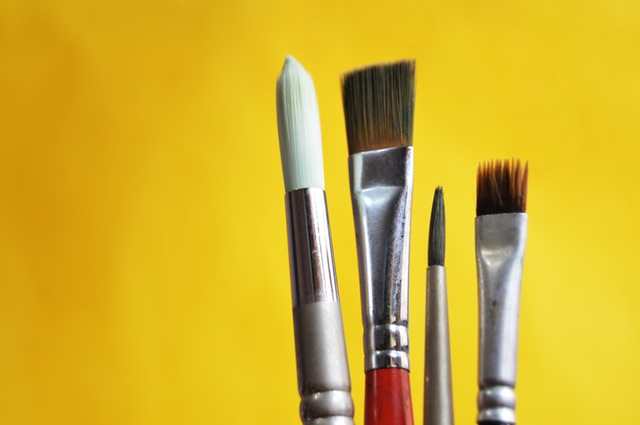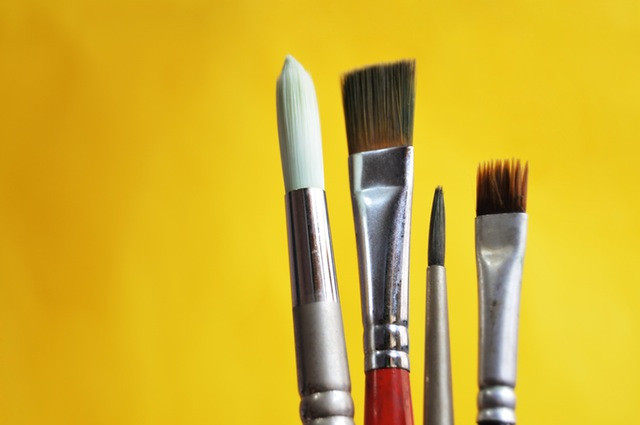5 Beginner Tips for Acrylic Painting
Are you a lover of art? Maybe you have artistic vision and have always wanted to create work of your own with a medium like paint. Often times, people who have an interest in painting struggle with just getting started. Luckily, with the accessibility of information today, it is easy to find both written and video tutorials to guide you whether as a beginner or as someone looking to hone their talent. We will cover a few tips that are helpful to anyone looking to try painting with acrylics.

First, what are acrylics? Acrylic paint is essentially a type of plastic. It is composed of pigments mixed with a resin binder and is water soluble. This form of paint is ideal for beginners for several reasons. They are inexpensive, particularly compared to oil paints. They are easy to clean with water. Using acrylic paints involves fewer unique challenges than using mediums like oil paints and watercolors. For example, it is easiest to change parts of your work throughout the process when using acrylics. The ease and convenience of acrylic paints makes it a good choice if you are looking to try out painting.
Start with the Background
Though there is no rule for how to approach a painting and every artist has their own preference, starting with the background may make the rest of process easier. Once the background is complete or roughly complete, the foreground can be easily painted on top of it. If you instead start with the foreground, you may find it challenging to paint around the details of the foreground while adding the background around it.
Misting
One thing you’ll realize when painting with acrylics is that they dry very fast. This can be beneficial in terms of having a painting ready to go sooner, but it also means that blending colors already on the canvas can be a challenge. To make blending easier, you can use any spray bottle to keep the canvas and your paint palette wet while working. Be sure to pick a spray bottle that creates a fine enough mist and does not create noticeable water droplets on the canvas.
Add White for Opacity
Acrylic paints can vary in opacity due to factors such as the brand, the grade, and the pigment. Some colors, such as “pthalo” colors, can be quite transparent and be harder to build up to an opaque finish. You can add a small amount of white to a transparent paint to make it more opaque.
Fix Mistakes by Painting Over
Because of the fairly opaque nature of acrylic paints, it is possible to fix mistakes by painting over them. Painting over the entire area with white can be an effective way to start over on that area, since it is the go-to pigment for opacity in acrylics. If you do this, try not to leave any hard edges and instead feather the edges of the white swatch so it blends easily with the surrounding paint. Or, instead of using white, you can use the colors of the area in which the mistake was made. White is helpful when those colors are not opaque enough to cover the mistake.
Preserve your Palette
Unlike with oil paints, when you are working with acrylics, you cannot always take a long break from your work and still have the paints on your palette wet when you return unless you preserve them. Different brands of paint will have different drying times. One way to keep your paints wet for a long time is to spray them lightly with water and then cover them with plastic wrap or some type of lid while you are away.
These tips should be useful when you are starting out with acrylic paints. By keeping these ideas in mind while looking through the many tutorials that are available on the web along with plenty of practice, you can be well on your way to bringing to fruition some of the artistic ideas you have in mind.
Recent Posts
-
Top 5 Mistakes to Avoid When Buying Home Lighting
Lighting plays a crucial role in shaping the ambiance, functionality, and aesthetic appeal of your h …26th Jun 2025 -
Why Lighting Is the Most Underrated Design Element in a Room
Walk into a well-designed space, and you might first notice the color of the walls, the statement fu …13th May 2025 -
How to Choose the Perfect Painting for Your Home or Office
When it comes to decorating your space, choosing the perfect painting can be a game-changer. A well- …7th Feb 2025




